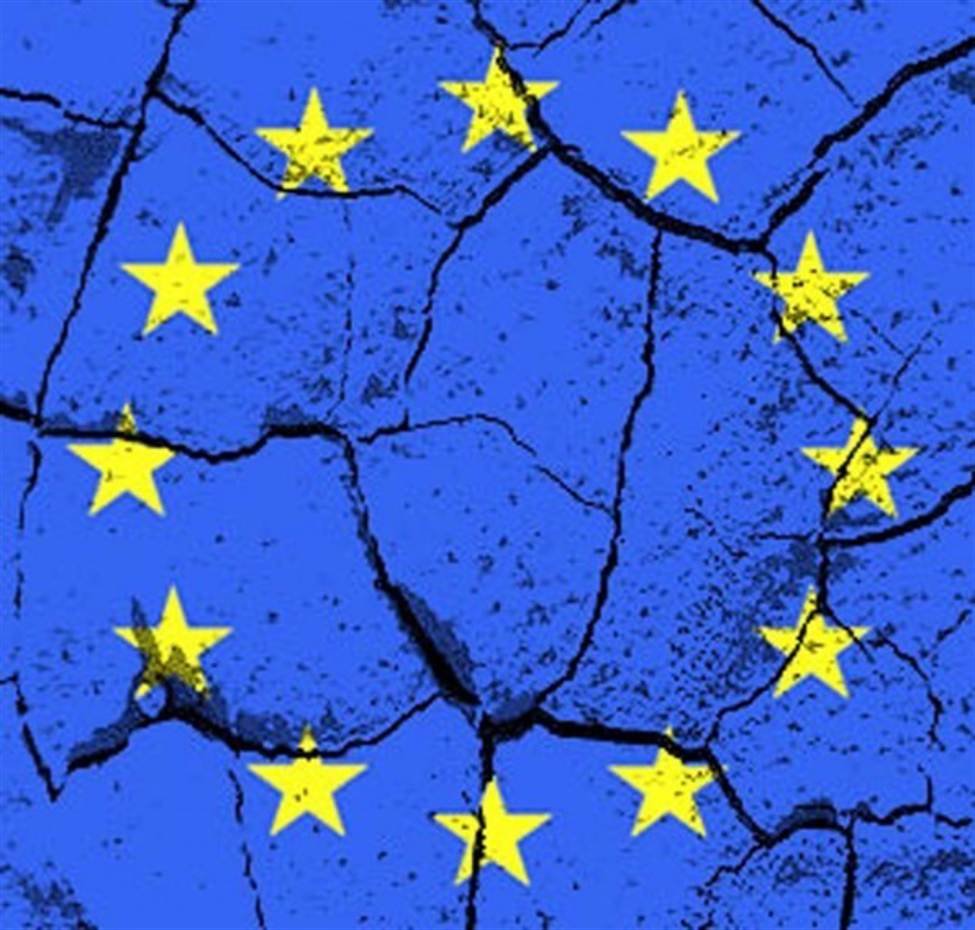EUR/USD finds it difficult to gather recovery momentum and trades slightly below 1.1600 in the European session on Thursday. The technical outlook suggests that sellers are likely to retain control in the short term.
Euro Price This week
The table below shows the percentage change of Euro (EUR) against listed major currencies this week. Euro was the weakest against the New Zealand Dollar.
| USD | EUR | GBP | JPY | CAD | AUD | NZD | CHF | |
|---|---|---|---|---|---|---|---|---|
| USD | 0.54% | 0.58% | 1.28% | -0.18% | -0.29% | -0.24% | 0.67% | |
| EUR | -0.54% | 0.04% | 0.81% | -0.72% | -0.73% | -0.85% | 0.14% | |
| GBP | -0.58% | -0.04% | 0.55% | -0.76% | -0.77% | -0.88% | 0.08% | |
| JPY | -1.28% | -0.81% | -0.55% | -1.50% | -1.58% | -1.58% | -0.70% | |
| CAD | 0.18% | 0.72% | 0.76% | 1.50% | -0.06% | -0.13% | 0.85% | |
| AUD | 0.29% | 0.73% | 0.77% | 1.58% | 0.06% | -0.12% | 0.86% | |
| NZD | 0.24% | 0.85% | 0.88% | 1.58% | 0.13% | 0.12% | 0.97% | |
| CHF | -0.67% | -0.14% | -0.08% | 0.70% | -0.85% | -0.86% | -0.97% |
The heat map shows percentage changes of major currencies against each other. The base currency is picked from the left column, while the quote currency is picked from the top row. For example, if you pick the Euro from the left column and move along the horizontal line to the US Dollar, the percentage change displayed in the box will represent EUR (base)/USD (quote).
In the absence of high-tier data releases and central bank commentary, EUR/USD failed to make a decisive move in either direction midweek. In the European session on Thursday, the US Dollar (USD) holds its ground as markets assess the latest headlines surrounding the United States (US)-China trade conflict.
Reuters reported early Thursday that the White House is considering a plan to curb an array of exports, which uses software developed by US companies, to China to retaliate against Beijing’s latest round of rare earth export restrictions. “If these export controls, whether it’s software, engines or other things happen, it will likely be in coordination with our G-7 allies,” US Treasury Secretary Scott Bessent said on the matter. Meanwhile, US President Donald Trump adopted an optimistic tone and reiterated that he thinks they will be able to work something out with Chinese President Xi Jinping when they meet in South Korea next week.
Later in the day, the European Commission will publish the preliminary Consumer Confidence Index data for October. Nevertheless, ahead of Friday’s highly-anticipated Consumer Price Index (CPI) data from the US, investors could refrain from taking large positions.
Technical Analysis:
EUR/USD is currently trading at around 1.1603, little changed on a daily basis and 4 pips below the day opening price. In the 4-hour chart, Fibonacci retracements highlight that the ongoing correction is testing deeper levels of the prior upswing. Measuring the rally between 1.1403 (100%) and 1.1879 (0%), the 50% retracement stands at 1.1641 and the 61.8% at 1.1585. With spot hovering just above 1.1585, that level is a pivotal support, followed by 1.1505 and 1.1403. On the topside, initial resistance is aligned at the 50% retracement at 1.1641, with a broader resistance band at 1.1641–1.1697 and a stronger cap at 1.1767. A decisive break below 1.1585 would suggest the bullish phase of the 1.1403–1.1879 move is at risk, while a recovery through 1.1641 would alleviate immediate downside pressure.
Trend analysis points to a persistent bearish bias intraday, with a downwards trend line acting as resistance. The trend line coming from 1.1872 to 1.1609 currently stands at 1.1612, acting as immediate resistance and capping rebounds; failure to reclaim it keeps the door open for a retest of 1.1585. A push through 1.1612 would put 1.1641–1.1697 back in play, while a sustained advance above roughly 1.1728 (around 1% beyond the trend line) would signal a pierce of the barrier and strengthen the case for a run toward 1.1767. On the downside, a break below 1.1585 would expose the support zone at 1.1585–1.1505, with 1.1403 as the next target if selling persists.
(This content was partially created with the help of an AI tool)
Euro FAQs
The Euro is the currency for the 19 European Union countries that belong to the Eurozone. It is the second most heavily traded currency in the world behind the US Dollar. In 2022, it accounted for 31% of all foreign exchange transactions, with an average daily turnover of over $2.2 trillion a day.
EUR/USD is the most heavily traded currency pair in the world, accounting for an estimated 30% off all transactions, followed by EUR/JPY (4%), EUR/GBP (3%) and EUR/AUD (2%).
The European Central Bank (ECB) in Frankfurt, Germany, is the reserve bank for the Eurozone. The ECB sets interest rates and manages monetary policy.
The ECB’s primary mandate is to maintain price stability, which means either controlling inflation or stimulating growth. Its primary tool is the raising or lowering of interest rates. Relatively high interest rates – or the expectation of higher rates – will usually benefit the Euro and vice versa.
The ECB Governing Council makes monetary policy decisions at meetings held eight times a year. Decisions are made by heads of the Eurozone national banks and six permanent members, including the President of the ECB, Christine Lagarde.
Eurozone inflation data, measured by the Harmonized Index of Consumer Prices (HICP), is an important econometric for the Euro. If inflation rises more than expected, especially if above the ECB’s 2% target, it obliges the ECB to raise interest rates to bring it back under control.
Relatively high interest rates compared to its counterparts will usually benefit the Euro, as it makes the region more attractive as a place for global investors to park their money.
Data releases gauge the health of the economy and can impact on the Euro. Indicators such as GDP, Manufacturing and Services PMIs, employment, and consumer sentiment surveys can all influence the direction of the single currency.
A strong economy is good for the Euro. Not only does it attract more foreign investment but it may encourage the ECB to put up interest rates, which will directly strengthen the Euro. Otherwise, if economic data is weak, the Euro is likely to fall.
Economic data for the four largest economies in the euro area (Germany, France, Italy and Spain) are especially significant, as they account for 75% of the Eurozone’s economy.
Another significant data release for the Euro is the Trade Balance. This indicator measures the difference between what a country earns from its exports and what it spends on imports over a given period.
If a country produces highly sought after exports then its currency will gain in value purely from the extra demand created from foreign buyers seeking to purchase these goods. Therefore, a positive net Trade Balance strengthens a currency and vice versa for a negative balance.







